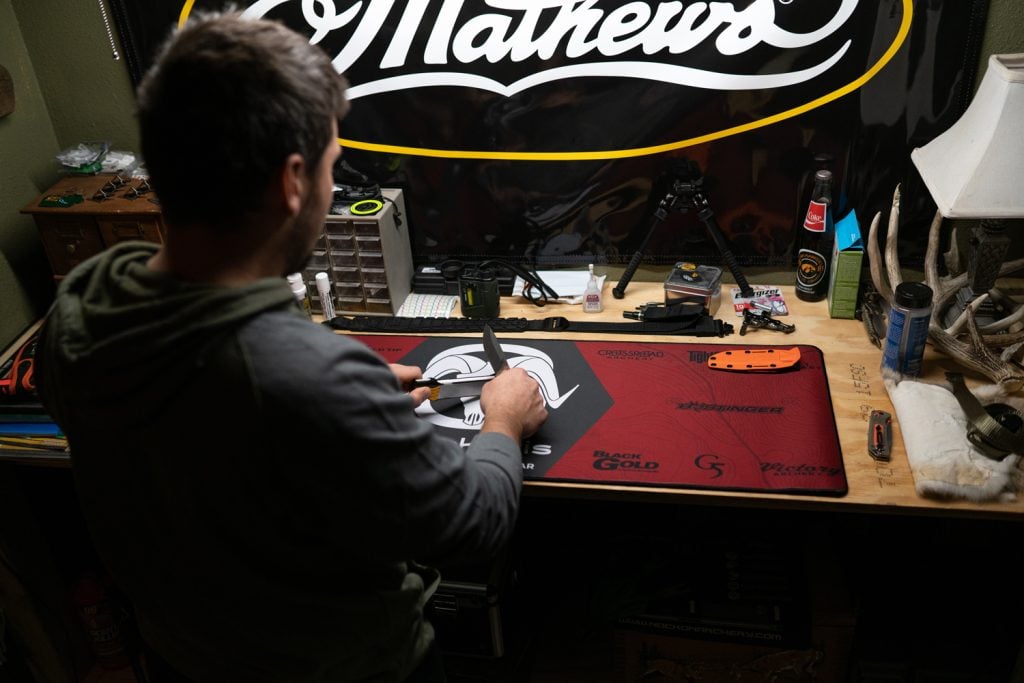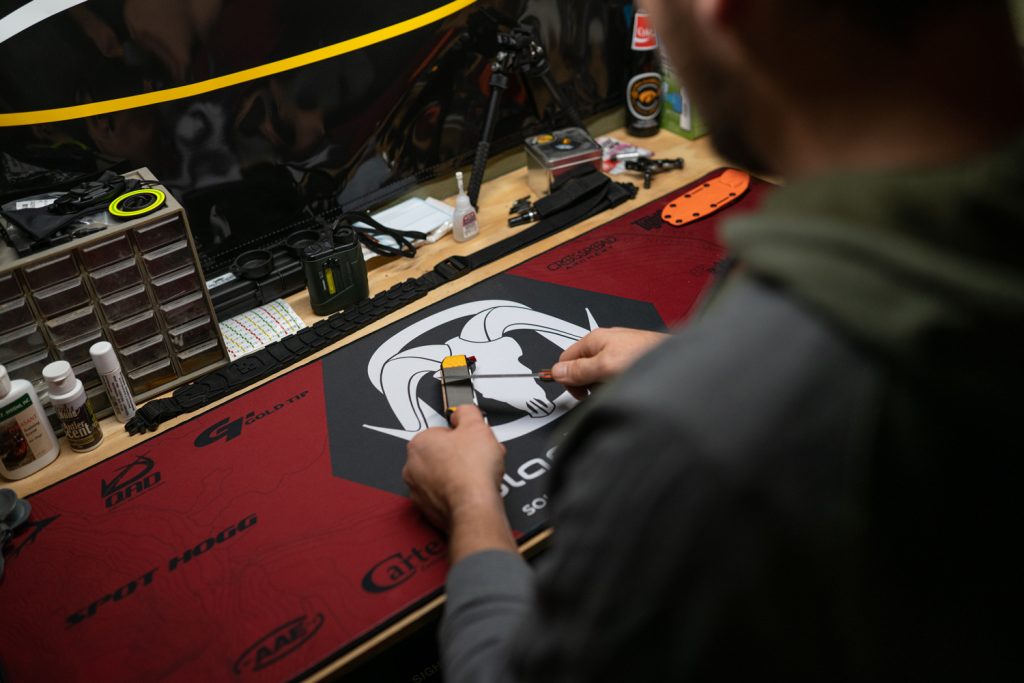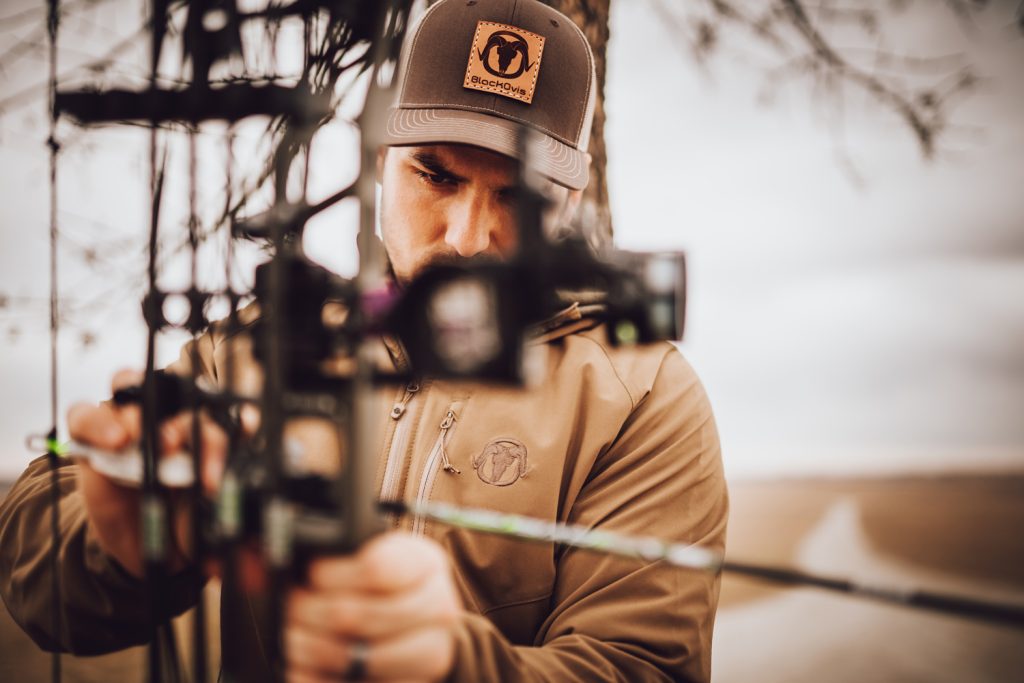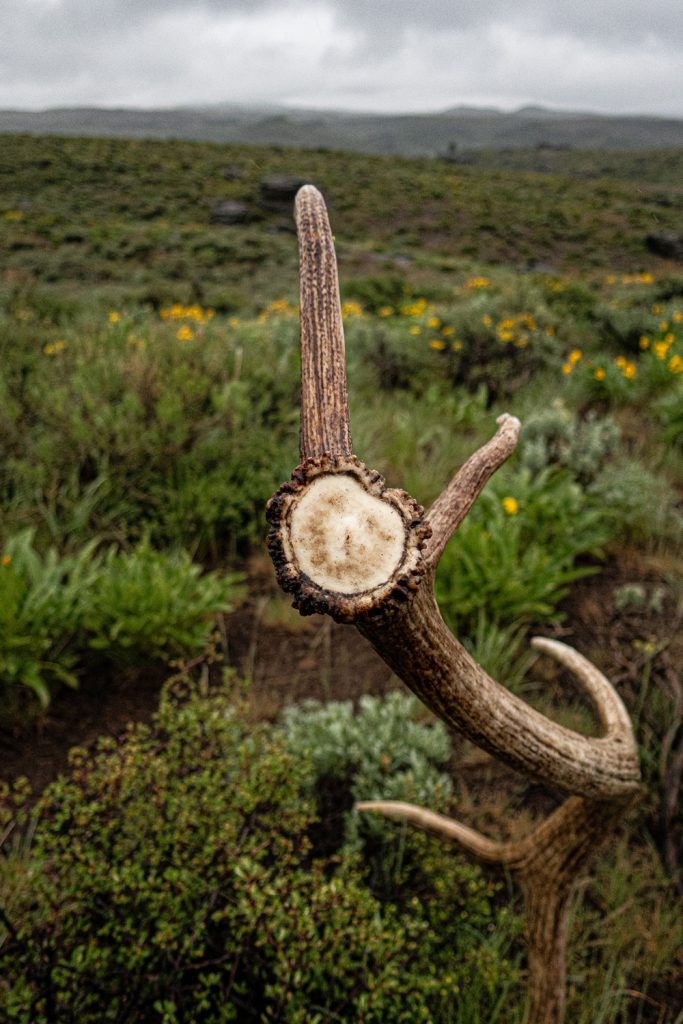Off-Season Checklist

If you’re like many other hunters today, you prepare year-round for a short and sweet hunting season. It blows my mind how fast it goes when you spend ¾ of the year waiting for it to get here. For many hunters though, it’s becoming more and more about the process of preparation, just as much as it is hunting itself. With that being said, the list of things you can do as a hunter is long and could go on and on as long as you want it to. Lists of things to do will vary from whitetail hunters vs western big game hunters. In this article I will do my best as a whitetail hunter to give insight on all the types of hunting and off-season work that can be done.
Checking Your Gear

It is no question that hunting gear is getting more and more expensive. Quality gear comes at a cost, and if you hunt long hard seasons; year after year, it’s only a matter of time before some maintenance or repairs may be necessary. This time of year is the best time to go through everything you own before putting it away for several months and forgetting about it. The last thing you want to do is realize you have a tent or a boot that needs fixed one week before a hunt and you don’t have time to send in your gear or get the supplies necessary to make the repair. As hunters, it is extremely important to control the things that we can control. Whether your success is killing an animal or experiencing some wild adventurous times away from civilization, the last thing you want is faulty equipment or gear keeping you from achieving that moment.

A few of the most important pieces of gear you want to run through first are boots, pack, clothing, and your weapon. These all come to mind first generally because they are on your body or with you at all times. If you own leather boots, now would be a good time to wash and apply boot cream of some kind that will help restore the life and extend the life of your boots. Replacing boot laces and inserts is also a good idea if they are getting worn out. Let's talk about packs now. If your packs are really dirty, they can be disassembled from the frames and soaked in hot soapy water to be cleaned. If any zippers or straps need replacing, most manufactures have the parts or there's a good chance those types of repairs could be covered under warranty.

Clothing is important to wash appropriately to extend the life of the material. Checking the tag or contacting the manufacturer is your best option. Simple things such as type of soap, water temperature, or drying temperature can help keep your gear looking like new without fading over time.
Weapons
Having all the comfortable gear and equipment definitely can make for a more enjoyable hunting experience, but having a well maintained weapon is the true factor when the moment of truth comes. Whether you are bow hunting or using a firearm of some kind, it’s important that you know that weapon inside and out and it's been well taken care of. Bowhunter’s, making sure your strings are in good shape, your sight and rest are tight, arrows/broadheads/practice heads are all in good functional shape, paper tuned, and the list goes on for the bowhunter’s. Off-season is a great time to tinker and shoot your bow as much as you can. Whether it’s 3D or paper, leagues, competition, or just for fun, shooting your bow is the only way to get better and know your equipment.

Now let’s talk about guns for a little bit. Shooting and knowing your firearm is very important when it comes to hunting, especially for western hunters that could be shooting at extremely long distances. When you're shooting at longer ranges there’s a lot more that can go wrong and you really need to know your equipment. This is when repetition and practice plays a big role just like it does with bowhunters. Long range shooters are constantly making ammunition tweaks trying to get that perfect load. Knowing how to shoot in different types of elevations and winds is also very important. I don’t have much experience in that category but I see plenty of it on the internet of course. My biggest piece of advice is practice and know your equipment and how it performs. This the best way you can be ready for any situation that might be thrown your way.

Going through the rest of your equipment and gear is equally as important. We could go on and on about every piece of gear but today is not the time for that.
Off-season Activities
Points and Applications
First I want to touch on nonresident hunting things that need to be done. Mostly talking about applying for preference points and or purchasing tags for the following year. Preference point purchase generally goes from summer into fall just depending on the state. Some states you can buy strictly a point and some states you have to buy a hunting license as well just to get your point. Some states are strictly a lottery system where everyone has an equal opportunity of getting a tag. I am not the best resource for this knowledge but I just wanted to give everyone a heads up because you need to plan far in advance for out of state hunts. States like Colorado for example do offer Over the Counter tags that can be purchased right up to season which gives everyone an opportunity.
Shed hunting
By the time all hunting seasons are officially wrapped up for the most part it is almost February. February is generally a big time for most everybody to take a big deep breath and relax for a short bit. Before long though, shed hunting season will be coming up quickly which has grown a lot of interest across all types of hunters recently. Western hunters will be flooding the mountains in search of elk, mule deer, whitetail, moose, and any other types of antlers they may find. Some states regulate when you can actually hit the mountain in hopes of reducing stress on the animals. At this same time whitetail hunters will be flooding timbers, food sources, and field edges in hopes of seeing if their target buck survived the winter.

These times have proven to be a great way to scout and make note of the animals and their areas of interest. This can be helpful information to the hunter for future hunting intel. This time of shed hunting is also a great time to wear and break-in new gear if necessary. Also if you are a spring bear hunter, this time is great for scouting as well unless your season is underway already. If that is the case you may be somewhat of a shed hunter while looking for black bears that are coming out of their winter dens.
Cameras
This is also a good time to stick out some trail cameras when you're finding all kinds of game sign. Finding bedding areas, feeding areas, and sanctuaries tend to be good places to put your cameras in hopes of finding your target animal or whatever your goals may be. If minerals are allowed in your state or region, this is also a good time to put that out as well. Minerals are a good way for animals to replenish missing minerals and proteins from a hard winter. These spots also make great areas to hang trail cameras because they tend to attract animals pretty easily.

Archery Events
Once summer comes around your turning the corner on hunting season. As a whitetail hunter, hanging some treestands and prepping food plots keep most guys busy this time of year. Entering into some 3D shoots and staying consistent with your bow are also very important. Experimenting with different types of broadheads and tuning is a good idea as you get ready to head into hunting season. 3D shoots have gained a lot in popularity recently as well. I’m sure most of you have heard about the Total Archery Challenge (TAC), it is a great way to test your skills and push the capabilities of your equipment. It’s a fun way to get out and have some fun without it being a competitive event.

Physical Preparation
The last subject I would like to touch base on is physical shape and mental toughness. These two subjects go hand in hand to some degree. Being in shape is extremely important especially for those who are hunting out west. For example, the average western hunter might cover 7-10 miles a day where the whitetail hunter might be sitting in a tree stand for 7-10 hours without any movement. Two very different types of hunting styles with different demands. No doubt the western hunter needs to be in excellent shape and have a good amount of mental toughness for any obstacles they may encounter. The whitetail hunter may not have to be in too good of shape, however many western hunters have mentioned never having the patience, concentration, or mental toughness to sit for hours on end in a tree.

Training and staying in physical shape has gained a lot of popularity for hunters over recent years. Trying to simulate the physical demands of western hunts and translating them into a gym setting. It’s important to train your body and the muscles you may use when hiking for miles, or carrying heavy loads, or using those muscles that you are not used to using. Nothing would be worse than a strained or torn muscle because you never took the time to take a few months of preparation beforehand. Something as simple as stretching or doing body weight exercises may be enough too for some people. It all depends on who you are and your mindset as a person. As far as mental toughness and preparation goes, sticking to an agenda, enjoying the process, and pushing your limits is the best way to train that part of you. There are many ways a person can work on their mental toughness simply by searching online.
Conclusion
This might sound like a lot to some of you. These are just some of the things that come to my mind when it comes to off-season preparations in my mind. Activities and practices will vary person to person based on hunting styles and animals you wish to pursue. My goal from this article was to cover some of the basics across multiple types of hunting styles without getting side tracked in specific areas. In the future I wish to get more specific in areas such as whitetail hunting where I am more specialized than western big game hunting.

